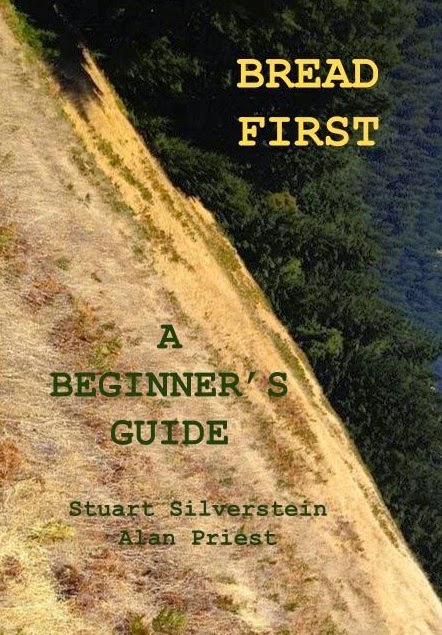When you’re done filling the hole with gravel, tamp it down by jumping on it or pounding it with a heavy object. Get is as level as possible, and this is where a four foot level proves very useful.
It’s time to build the form that will contain the wet concrete. The interior measurement should be 48 X 48 inches. You might say, as I have, “Oh, I just need to buy two - 2 X 4 X 8’s. “Sorry, it won’t work. To make your form, the 2 X 4’s need to overlap. So this is what you need: two pieces 48 inches. 2 pieces 51 inches. Use one-2 X 4 X 8 and one-2 X 4 X 10.
Measuring the diagonals
Let’s mix up the concrete now. By the way, folks often use the terms cement and concrete interchangeably, but they are different compositions. Cement is a building material that is a powder, made by burning a mixture of shale or clay. It is used with water, sand or gravel to make concrete and mortar. Assuming you’ve purchased bags of ready mix concrete, you’ll only need to add water. Yes, it’s possible to buy Portland cement and mix this with the right proportions of sand and gravel, add water, and you’ll have concrete. For a small job, it’s simply easier to buy the ready mix, and that’s what Abbott and Nancy did. This is not a project to do in freezing weather. Concrete will not set up properly unless specially treated.
Assuming you have a large wheelbarrow, dump in a full bag of concrete mix. Cut the paper off the bag after it’s in the wheelbarrow. Don’t breath concrete dust, perlite dust, or clay dust. In fact, try not to breath dust. Wear a dust mask if necessary. On the bag of concrete mix it will tell you how much water to add, but we didn’t go by this. With the garden hose we added a small amount of water at a time, always using our hoes to make a homogeneous mixture. Too much water makes for a weaker mixture. Not enough water makes it hard to pour. If you’re not sure about how much water to add, then go by the instructions on the bag. Fill your wooden form about half way up, making certain that the concrete is flush against the form with no air pockets, and then place the remesh on the concrete.
Laying Remesh
You can easily bend and fold the remesh so it will fit inside the form. It provides strength to the concrete. You don’t want the remesh on the bottom of the concrete slab, and you don’t want it sticking up through the top. If it’s on the bottom or top, it will add no strength to the slab. Position it so that it remains in the middle of the slab.
Now continue filling the form with concrete until it’s slightly higher than the top of the form. As you pour, jab into the concrete so you won’t have any voids in the slab. Don’t fill half the form, break for lunch, then come back to finish the slab. Depending on the weather it could set up very fast. Your slab will be better if you finish the job without taking a break.
Rinse off your tools because the concrete will harden on them, well, like concrete, and it will be extremely difficult to remove. Fill up a plastic pail with water, and leave your tools in it. Be sure to thoroughly rinse off your wheelbarrow.
--






No comments:
Post a Comment